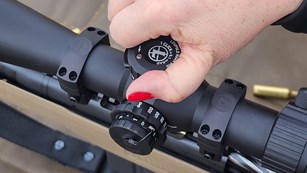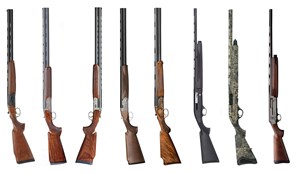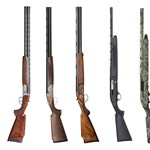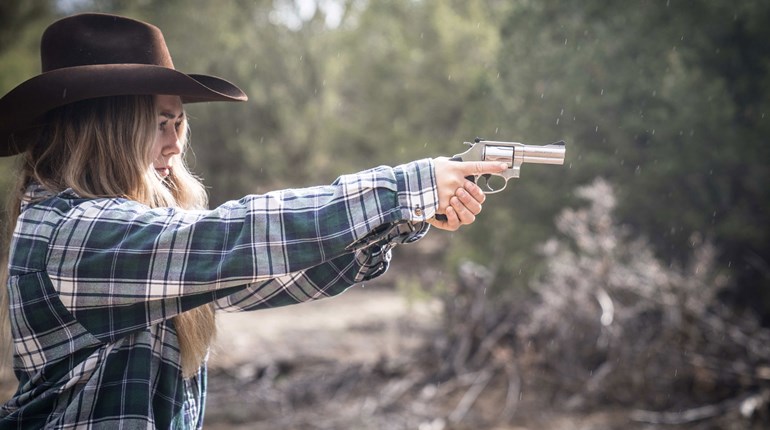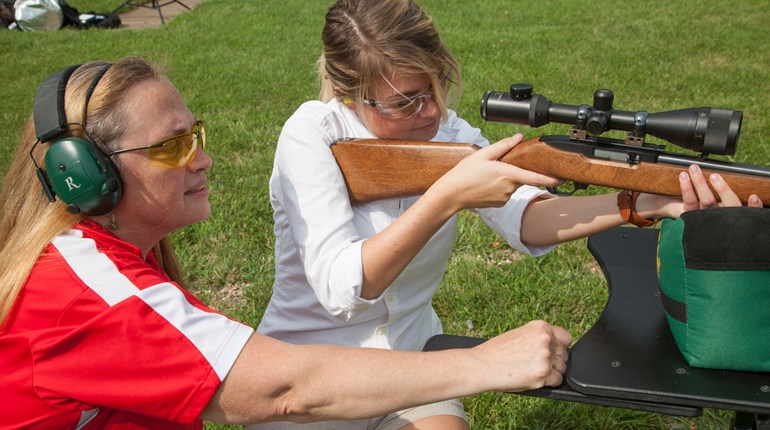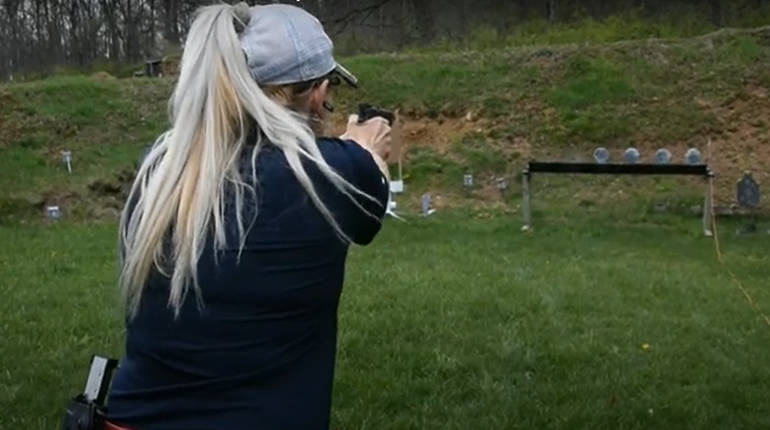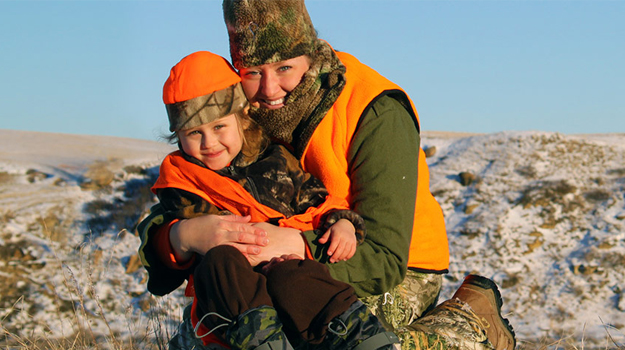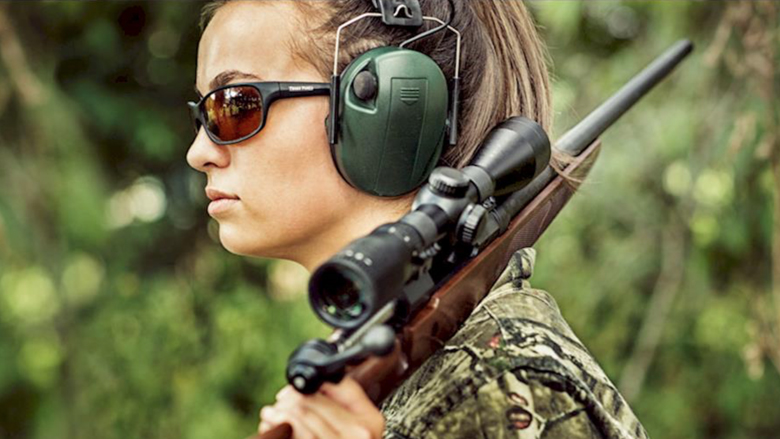
When a gun or one of its parts breaks, we call it a malfunction. But when a gun gets jammed up or otherwise fails to fire in the middle of shooting, and it’s not because anything has broken, we call it a stoppage. The bad news is that your gun has failed to go bang when you wanted it to, but the good news is that the most common stoppages are relatively easy to clear on the spot. What’s even better than clearing a stoppage quickly? Preventing one from happening in the first place.
There are a number of ways your pistol can stop up:
- Failure to eject/extract (stovepipe)
- Failure to feed (no round in the chamber)
- Double feed
- Gun out of battery
- Bad ammo (squib loads)
Though some of these are sometimes the fault of faulty ammunition or a flaw in the firearm itself, most of these stoppages result from something the shooter did or didn’t do. With that in mind, you can reduce your chances of a handgun stoppage with the following three tips.
1. Use Good Gear
Quality firearms with solid parts will just run better over time than lesser-quality gear. And although squib loads can happen with any ammo from any manufacturer, running premium-quality ammunition in your self-defense firearm will give you the best chances of everything running smoothly (at least from an ammo perspective). Use the cheap stuff in practice, where if you run into a bad cartridge or two, there are no real consequences and you’ll get a chance to practice clearing a stoppage. But splurge on the best quality ammunition you can afford when it’s time to load the gun for self-defense purposes.
2. Keep It Clean and Maintained
While modern guns can run hundreds of rounds in between cleaning, at some point, things will start to get gunked up with dust, dirt, fouling and a gritty sludge that forms when those things combine with your gun’s lubricant. Dirty guns have a higher incidence rate of stoppages—failure to extract, failure to go into battery, and more. Lubrication matters, too. Too much of it makes a mess and gums up the works, but if you don’t use enough, moving parts start to wear faster than they should and can fail to move like they’re supposed to.

Maintenance is just as important as cleaning. Springs and other parts wear out over time. When you clean your gun, give it a good once-over to see if anything needs replacing. Pay particular attention to the magazines, as they’re a common source of problems. Are the feeding lips still in good shape, or are they starting to bend and deform? That will lead to a feeding problem sooner or later, and it might be time to replace the mag. Then check the spring. If it’s too stiff or too loose, rounds might not feed into the chamber properly. If your mags seem fine but you keep having stoppages you can’t explain, especially on the first or second shot, try shucking a round out of the magazine. Some guns just don’t run well if the magazine is fully loaded, and reducing the round count by one makes everything load more smoothly.
3. Use Good Form
Shooter-induced error in the form of a poor grip or other type of poor shooting form cause a lot of stoppages. Perhaps the most well-known of these is “limp-wristing,” a habit I am prone to if I haven’t shot my handgun in a while. Your pistol’s slide needs to ride backward, hard, with the gun’s recoil and run forward hard to load the next round into the chamber. In order to run back hard, the gun needs something to recoil against so the slide moves but the whole gun doesn’t move with it—and that’s your hand. If you don’t hold the gun firmly, some of the recoil energy get sucked up by the gun moving and the slide doesn’t have enough force left over to ride all the way back properly. This creates all sorts of problems, and the gun might not go back into battery, might fail to load a round into the chamber, or might stop up with a stovepipe because the spent casing couldn’t be ejected properly.
Speaking of the slide operating freely, you can also induce an error if you allow the slide to contact something while you’re shooting—usually this can’t be helped, like if you have to shoot from a retention position when the gun is pressed up against your side.
Watch your thumb, also. Riding high on the slide or letting it interfere with the slide lock or the safety can result in a failure to cycle.
4. What to Do If Your Gun Stops
Most shooter-induced stoppages can be cleared by a simple tap-rack-ready: Smack the bottom of the magazine hard with your off hand to make sure it’s seated well, then run the slide hard and let it slam forward. You might have to rotate the gun so gravity can help a stuck casing or bad round drop out. Then present the gun in a ready position and prepare to shoot again if you need or want to. With training, you can do all of that in much less time than it just took you to read about it.
This works for most failures to feed and stovepipes, but if it’s a double feed you’re dealing with—the gun is trying to load a new round into a chamber that’s already got something in it—you’ll need to drop the magazine to clear the stoppage.
If you pull the trigger on a round and hear a click instead of a bang, but it looks like everything is in order, you might be dealing with a rare problem: A hangfire or a round that won’t ignite, possibly due to a light strike from the firing pin. If this happens, take your finger off the trigger but keep the gun pointed downrange. A hangfire is when the propellant in the casing doesn’t ignite right away—this is quite rare (I’ve never had one in 20 years of shooting), but if you do experience one, the propellant can ignite seconds after the trigger pull, firing the gun. Keep it pointed in a safe direction for at least a full minute to make sure that’s not going to happen, then eject the round by running the slide. Do not attempt to shoot that round again.
The good news about gun stoppages is that they’re relatively quick to fix in the heat of the moment, but you should practice failure drills that will get you accustomed to the tap-rack-ready procedure and help you learn to swap magazines quickly in case you need to drop one to clear a double-feed. The even better news about gun stoppages is that while you can’t prevent them entirely, you can reduce their occurrence by using quality gear, keeping your firearm clean, lubricated and well-maintained, and training to improve your grip and form so you don’t induce a stoppage.
